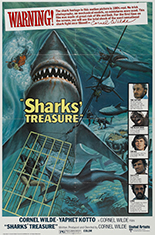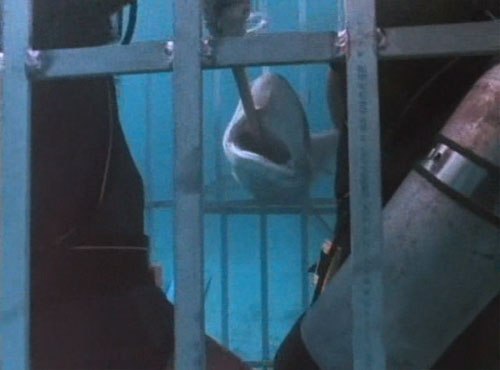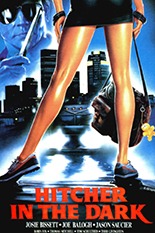
 Like many indie science-fiction flicks, Lapsis has a fantastical premise, but takes a lackadaisical way to get to the rushed ending. I’m sure you know what I’m talking about and have been there before.
Like many indie science-fiction flicks, Lapsis has a fantastical premise, but takes a lackadaisical way to get to the rushed ending. I’m sure you know what I’m talking about and have been there before.
Quantum computing, I guess, is the best thing going in this alternate present, with scads of people signing up to run cable through state parks. This seems like an easy enough way for Ray (Dean Imperial) to earn a couple of bucks for his brother who has some sort of made-up fatigue syndrome; after obtaining shady papers, Ray’s in the forest, running wire and dealing with the passive-aggressive jerks he encounters.
There are also robots that look like the mechanical spiders from Runaway — I was almost hoping for Gene Simmons to show up, but that’s how I feel about most movies — that compete with the humans as they lay cable as well, with an underground group of cablers trapping and destroying the robots. I didn’t fully understand the ending, as it just kind of showed up.
With Lapsis in a broken-down sheen that many indie flicks have had for about 20 years, its idea of cabling for a new internet source is honestly remarkable, and Ray’s meeting of the many skewed characters, interesting enough. I don’t know why the spiders were introduced and, by the final third, you give up caring.
I guess what I’m trying to say is this movie really needed Gene Simmons. —Louis Fowler












